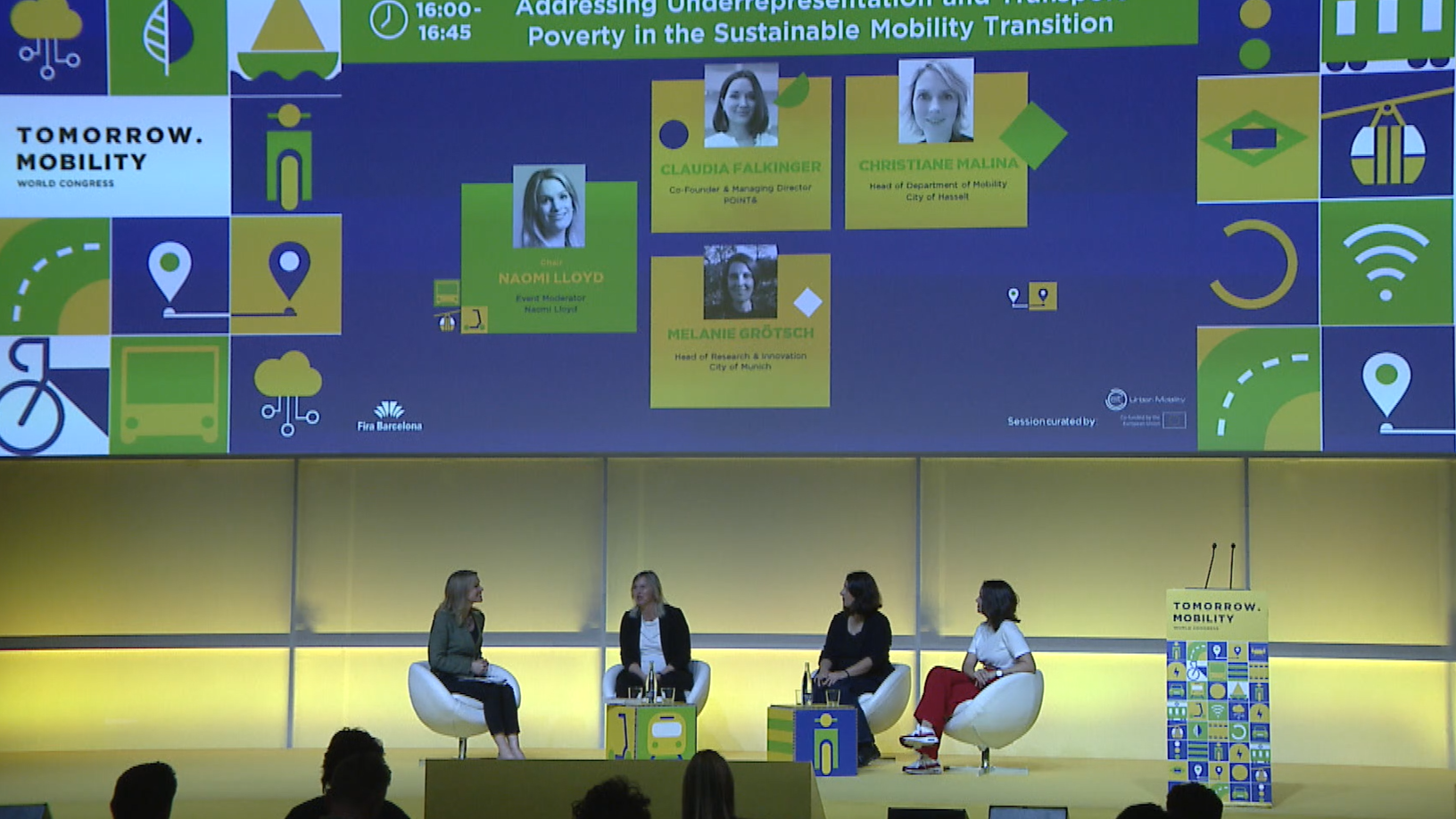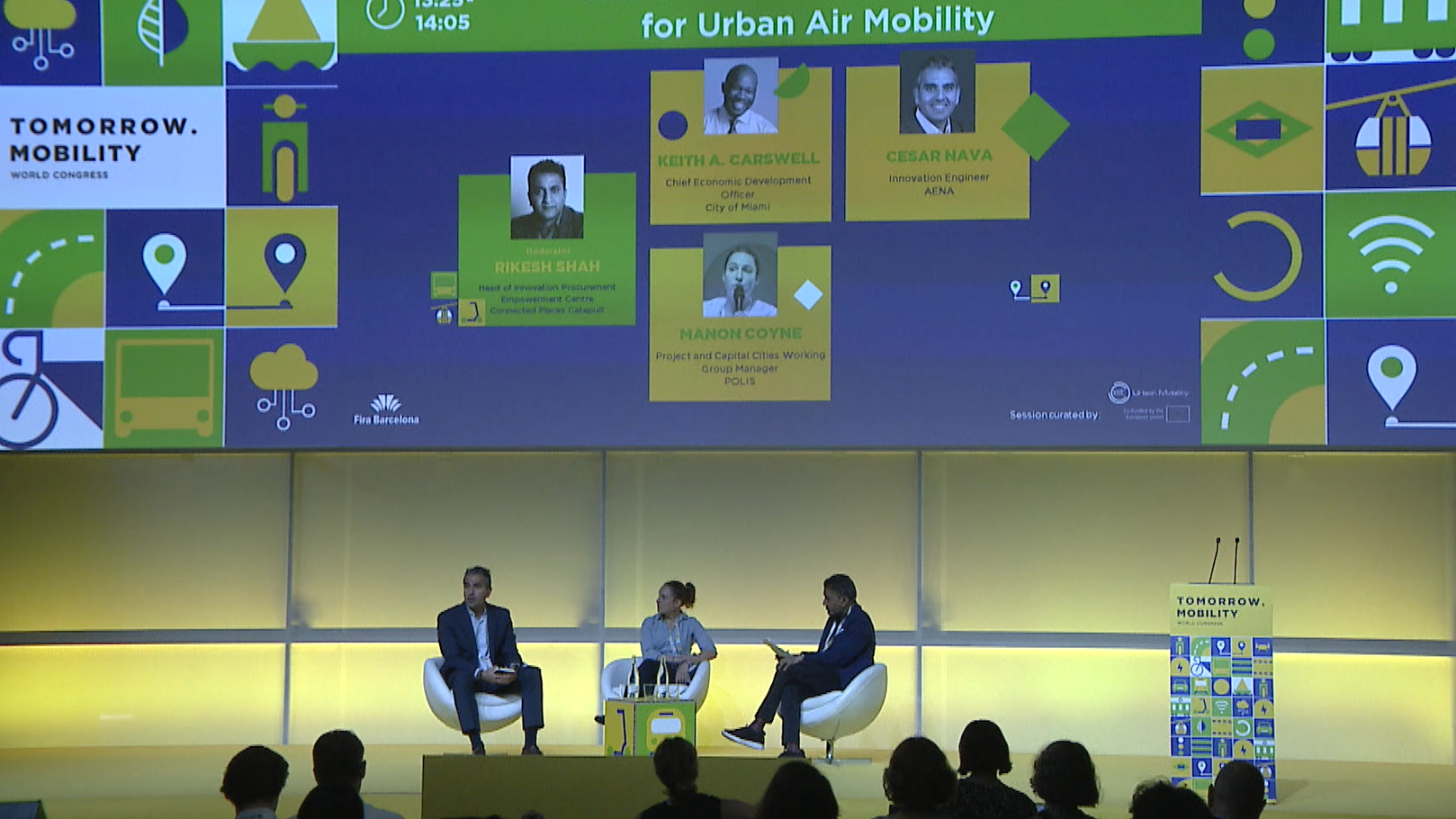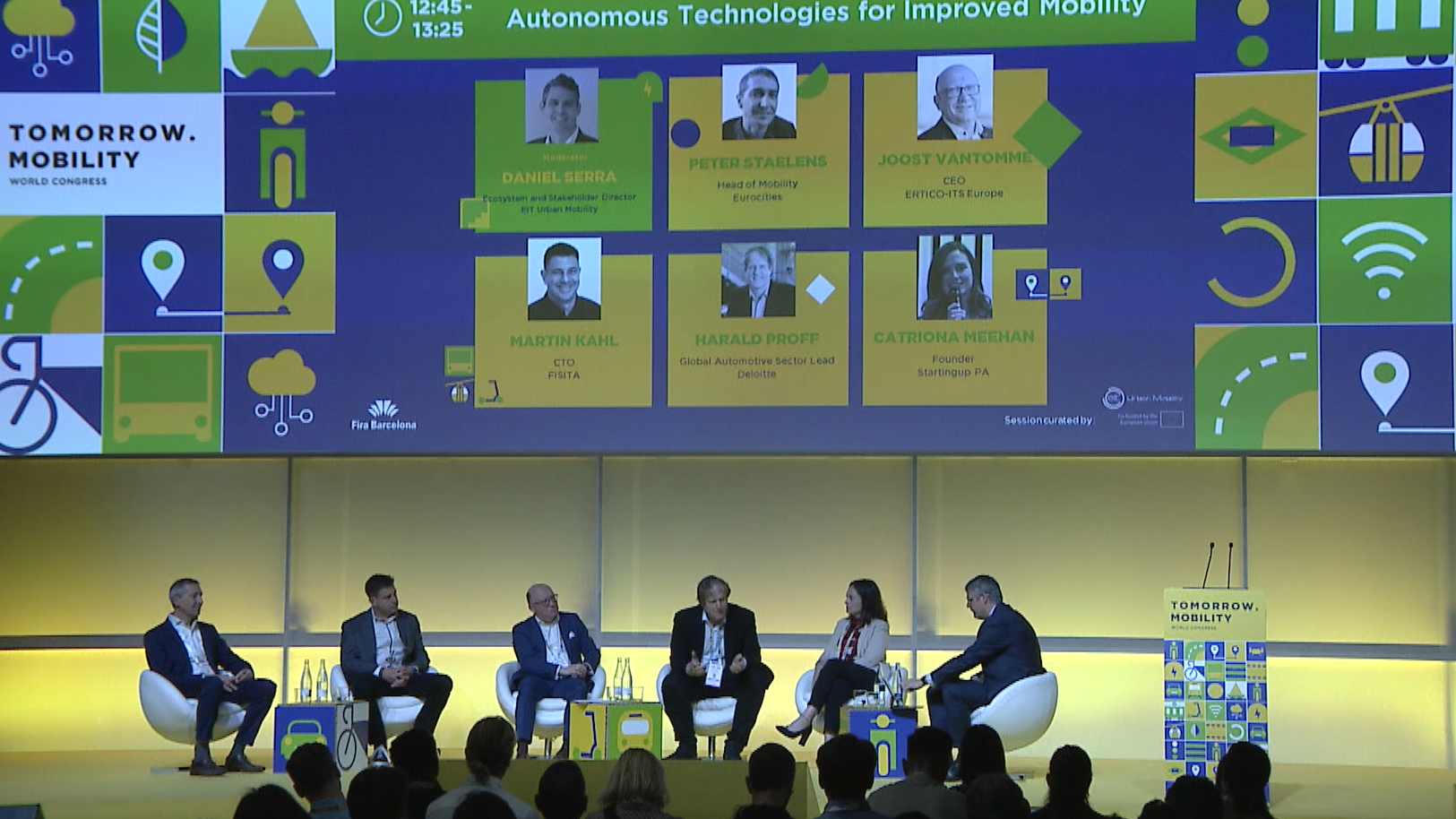A growing body of evidence points to the differences between men and women travel patterns and mode usage. While it is common to consider urban transport to be gender-neutral, transport planning is unconsciously biased towards traditional male travel patterns and modes. What are the structural gender differences and mobility patterns resulting from them? How can they be best taken into account by cities and urban planners?

How Chinese cities and the private sector are working to boost Low-Speed EVs and move away from fuel-driven vehicles
Mobility





















































